Tired of waiting for students
In recent years, secondary school (TC) enrollment has been in a constant state of struggle. Although according to state regulations, many TC-level majors are exempted or have their tuition fees reduced by 70-100%, annual enrollment activities are still slow.

Despite tuition exemptions, many secondary school majors still have difficulty enrolling students.
PHOTO: NTCC
At Khoi Viet College (HCMC), Master Tran Thanh Duc, Principal of the school, said that in recent years, the school's enrollment activities have encountered many difficulties. Short-term training courses (3 months) such as beauty care, traditional medicine... are still enrolling relatively well, but enrolling in long-term courses is very difficult. "The source of enrollment from high school graduates must wait for the university and college admissions to be completed; and middle school graduates must wait for admission to public high schools to begin enrollment," Master Duc added.
The story at Saigontourist College of Tourism and Hospitality (HCMC) is not much different. In 2025, the school's enrollment target is 1,000, but so far it has only reached 50-60%. "This year, the number of 9th graders is small, high school graduates are still being considered for university and college admission, so the school is still waiting," said Ms. Vo Thi My Van, Principal of the school.
According to Master Van, job opportunities for students in the fields of tourism , restaurants, and hotels are very large. However, the number of students is still very small, not meeting recruitment needs. Talking about the reason why students are picky about studying TC, Master Van shared: "Partly because currently there are many colleges and universities opening tourism majors, plus the mentality of families wanting their children to study at university, because studying TC will take more time to transfer if they want to study at a higher level".
Viet Giao College (HCMC) continues to maintain its enrollment target of 500. However, according to Master Tran Phuong, Principal of the school, this year there is no source of students to recruit from junior high school graduates, so far the school has only recruited more than 120 students. "Not only Viet Giao College, many vocational training institutions annually recruit 800 - 900 students, but now this number is only about 200," Master Phuong added.
According to Master Tran Phuong, there are many reasons why enrollment at vocational schools is becoming increasingly difficult. Since the Covid-19 pandemic, the economy has been difficult; education policies have changed; students have more ways to study; university entrance is no longer too strict; colleges also enroll students who have graduated from junior high school, so vocational schools have lost a source of enrollment.
EFFORTS TO INCREASE COMPETITIVENESS
In the midst of difficulties, many vocational schools not only wait for students but have proactively innovated to increase competitiveness.
Recently, Saigontourist College of Tourism and Hospitality has cooperated with many joint venture hotels and service corporations to train according to orders and commit to jobs for students. According to Master Van, instead of teaching in general, the school focuses on training specific job positions. When students study reception, they specialize in welcoming guests and booking rooms; when they study cooking, they can make more than 120 European - Asian - Vietnamese dishes...
Similarly, Viet Giao College has been closely linked with businesses, training according to orders to ensure that graduates can work immediately without retraining. Regarding the training program, the school continuously updates to international standards and anticipates the trend of integration into the ASEAN Economic Community, helping students to freely move labor in the region.
Not only enrolling students in short-term training courses, Khoi Viet College has now expanded cooperation with continuing education centers in the Mekong Delta to access the source of junior high school graduates earlier.

College enrollment activities have encountered many difficulties in recent years.
PHOTO: My Quyen
SYSTEM RESTRUCTURING
Despite proactive innovation, many colleges still struggle to improve enrollment.
According to the analysis of Dr. Hoang Ngoc Vinh, former Director of the Department of Vocational Education (Ministry of Education and Training), the cause originates from both the learners and the management and training organization system. In the current context, learners have more choices, with the priority order usually being university, then college, and then vocational training, putting schools at a disadvantage right from the start. Many schools have not had time to update their programs according to technology trends, the labor market and new skills needs; training content is still heavily theoretical, lacking in appeal and not linked to specific career experiences, reducing the motivation to enroll. Not to mention that many non-public vocational schools also rent facilities outside the school to teach.
In addition, the TC training system currently has many models such as 9+1, 9+2, 9+3 and 12+2. This diversity lacks a unified direction, leading to confusion about study time, output standards, difficulty in international integration and standardization of labor qualifications. With the 12+2 system (high school graduates continue to study TC for 2 years), the study time is equivalent to the college level in many countries, blurring the boundary between the two levels and making it difficult to classify levels. Notably, the college level is also allowed to recruit junior high school graduates, eliminating the traditional recruitment source that belongs to TC.
In some large localities such as Ho Chi Minh City, colleges and vocational schools still train many overlapping majors, leading to resource dispersion, lack of internship facilities in enterprises or hospitals, reducing training efficiency and making it difficult to create a separate brand for each facility. Even when the curriculum and training methods have been innovated, if the school organization and management model remains the same, without adjusting towards flexibility, linkage and resource optimization, the development "bottlenecks" still exist.

The demand for human resources in the tourism, restaurant and hotel industry is very high but there are few students.
Photo: Yen Thi
To overcome difficulties and improve the competitiveness of the vocational secondary level, Dr. Hoang Ngoc Vinh believes that it is necessary to re-form "vocational secondary schools". With the 12+2 system, students should study at colleges like most other countries in the world, shortening the roadmap and increasing the value of the diploma. Colleges that are not qualified to upgrade to colleges should focus on training according to the vocational secondary school model - integrating core high school cultural knowledge with vocational skills. Degrees (qualifications) have the same legal value in terms of opportunities for further study, employment and career development, so the school will have new attraction and serve the goal of streamlining after junior high school.
"At the local level, public colleges should be merged into colleges to provide college or vocational training. This merger is not only to address the shortage of enrollment sources, but more importantly, to ensure rationality in training stratification, optimize investment efficiency and facilitate linkage," Dr. Vinh proposed.
Forming a "union union" model
According to Dr. Hoang Ngoc Vinh, in Ho Chi Minh City alone, it is possible to form a "college alliance" to create combined strength, both avoiding duplication of training professions and taking advantage of the strengths of each school, increasing autonomy, attracting investment and expanding cooperation with businesses.
According to Dr. Vinh, Ho Chi Minh City can refer to the model of the Institute of Technical Education (ITE) which is suitable for streamlining the apparatus and decentralizing management. Reality shows that the Department of Education and Training will face great challenges and will not manage effectively if it maintains the current decentralized and less autonomous management model of vocational education institutions, while having to meet diverse needs and strict quality requirements from the market.
"Regardless of the direction, training quality must still be considered the decisive factor. When the content, methods and learning experiences are attractive and linked to career opportunities, students will proactively choose, instead of being persuaded by low tuition fees or short-term support policies," Dr. Vinh affirmed.
According to this expert, the vocational high school model that most countries are operating has proven effective in training mid-level human resources in the period of industrialization and modernization of the country, of which Korea is a typical example.
Source: https://thanhnien.vn/chat-vat-tuyen-sinh-trung-cap-185250810214412837.htm



![[Photo] Prime Minister Pham Minh Chinh chairs meeting of National Steering Committee on International Integration](https://vphoto.vietnam.vn/thumb/1200x675/vietnam/resource/IMAGE/2025/8/26/9d34a506f9fb42ac90a48179fc89abb3)

![[Photo] Multi-colored cultural space at the Exhibition "80 years of the journey of Independence - Freedom - Happiness"](https://vphoto.vietnam.vn/thumb/1200x675/vietnam/resource/IMAGE/2025/8/26/fe69de34803e4ac1bf88ce49813d95d8)

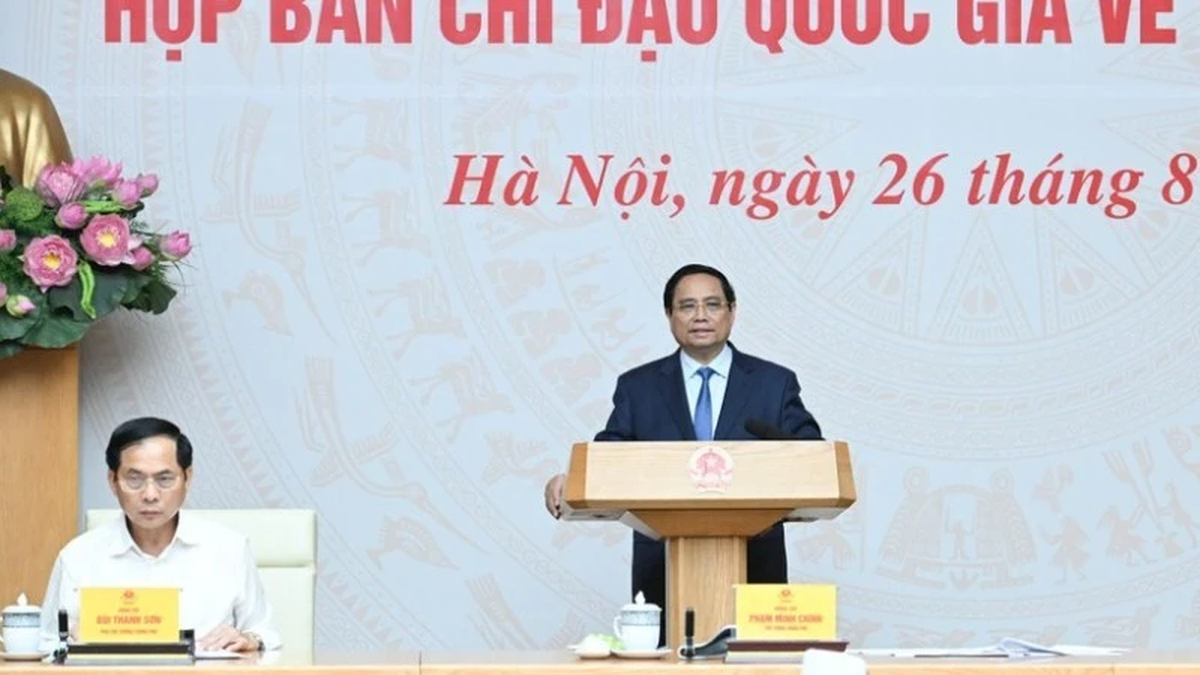
![[Photo] Prime Minister Pham Minh Chinh receives CEO of Samsung Electronics](https://vphoto.vietnam.vn/thumb/1200x675/vietnam/resource/IMAGE/2025/8/26/373f5db99f704e6eb1321c787485c3c2)
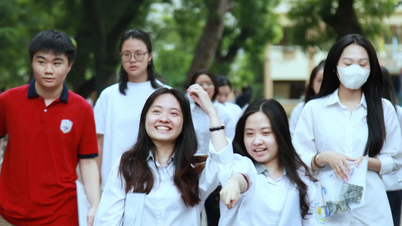

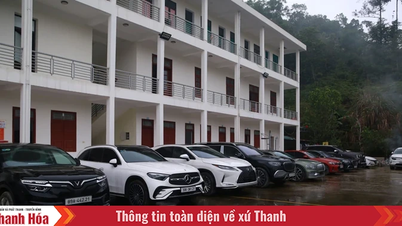



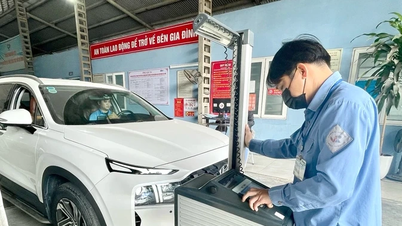

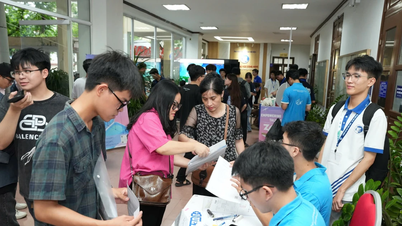


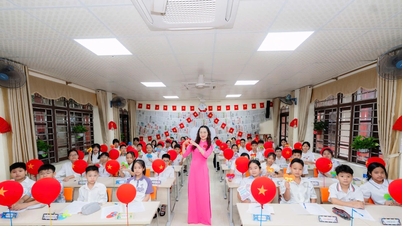


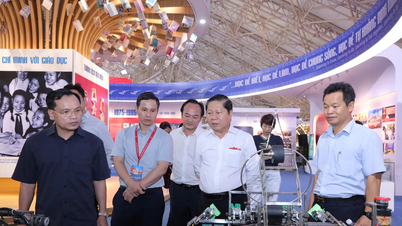
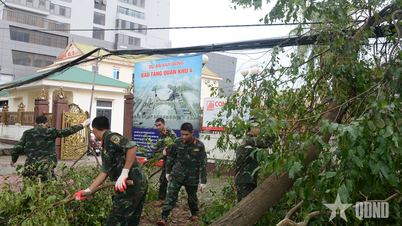

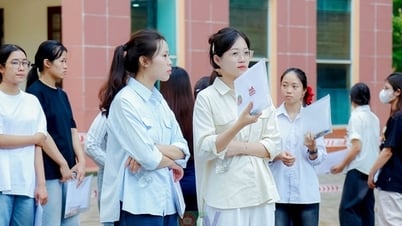





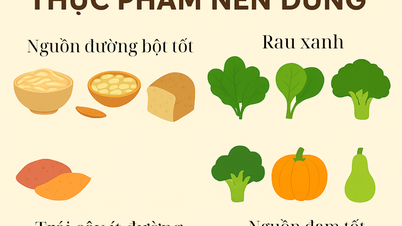




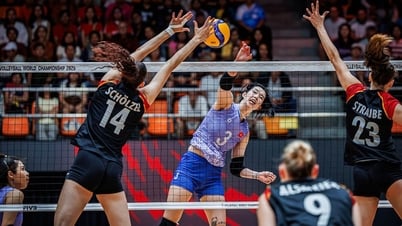
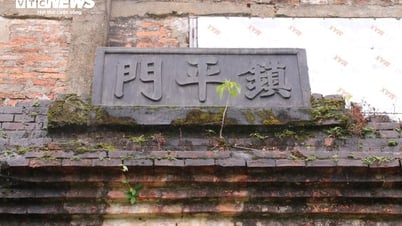





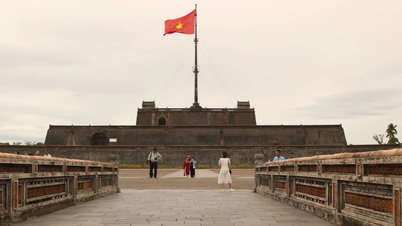











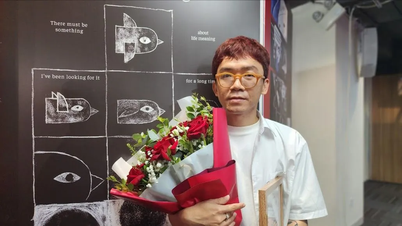



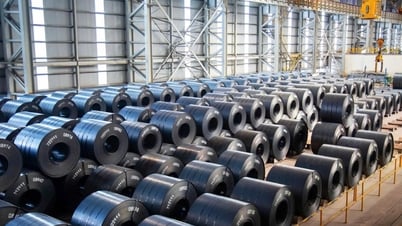






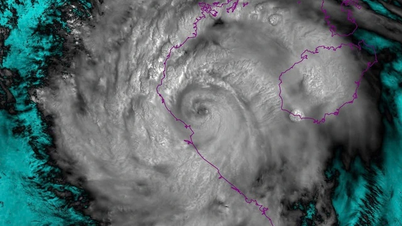




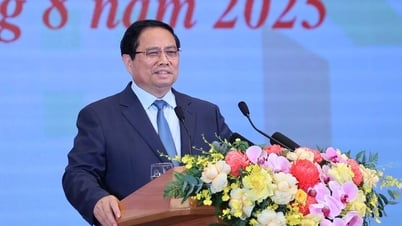
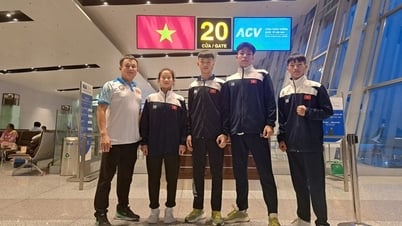





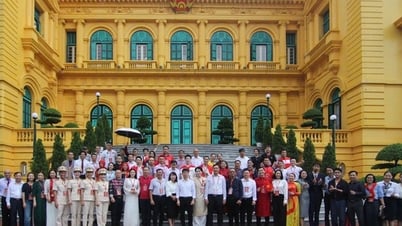



























Comment (0)